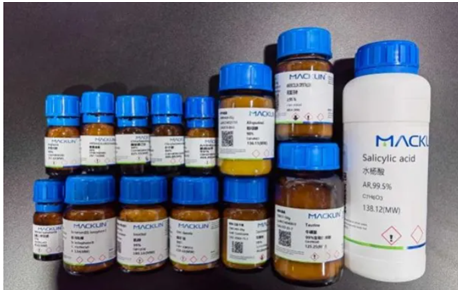
News
Powder X-ray diffraction, as one of the methods for the study of drug polymorphism, has the advantages of not destroying samples and simple operation, and is the main method for the qualitative and quantitative analysis of drug polymorphism at present.
The Bragg glass phase is a near-perfect crystalline phase with glassy characteristics that is expected to occur in vortex lattices and charge density wave systems in the presence of disorder.
X-ray frequency and energy is second only to gamma rays, with penetration, frequency range 30PHz~300EHz, corresponding wavelength of 1pm~10nm, energy of 124eV~1.24MeV. Let's take a look at the properties and applications of X-rays.
This paper introduces the related knowledge of crystal pattern and crystal fetish
The X-ray intensity of nondestructive testing at a point in space is the sum of the number of photons and the energy product over a unit area perpendicular to the X-ray propagation direction in unit time.
Biological X-ray irradiator irradiates organisms with high-energy rays with ionizing radiation effect within a predetermined time, producing biological effects or suffering irreversible damage and destruction to achieve biological purposes.
In the field of NDT, there are mainly two detection methods: industrial CT detection and X-ray detection, both of which use X-rays to detect the interior of the object.
X-ray diffraction technique is widely used in drug analysis. X-ray diffraction technique is an analytical method used to study the structure of a substance. This technique has many applications in drug analysis.
In order to show the good style of Dandong Tongda Company's vigorous development, enhance friendship and enhance cohesion, the company organized a group building activity from January 30 to 31, 2024.










